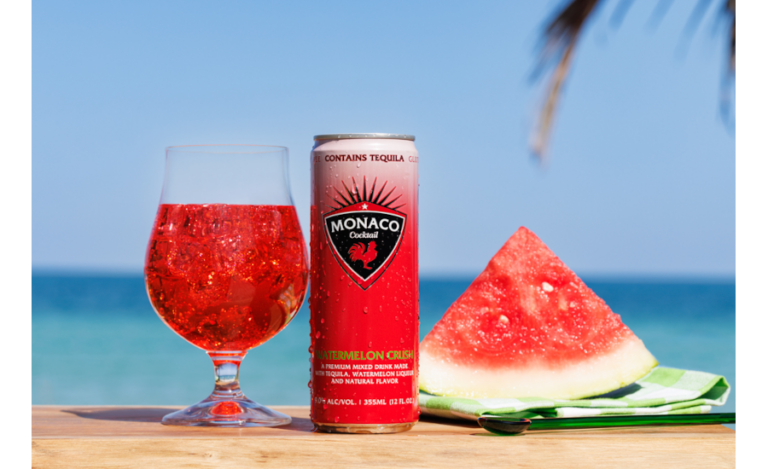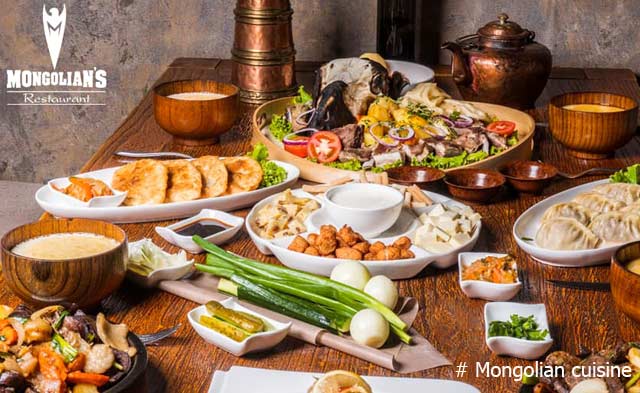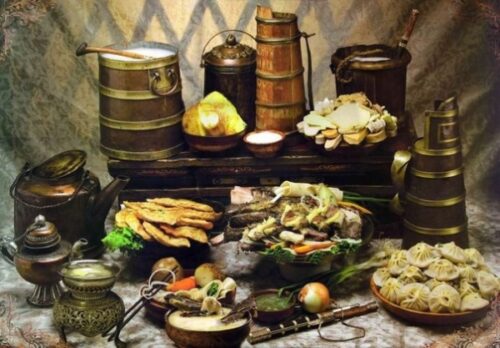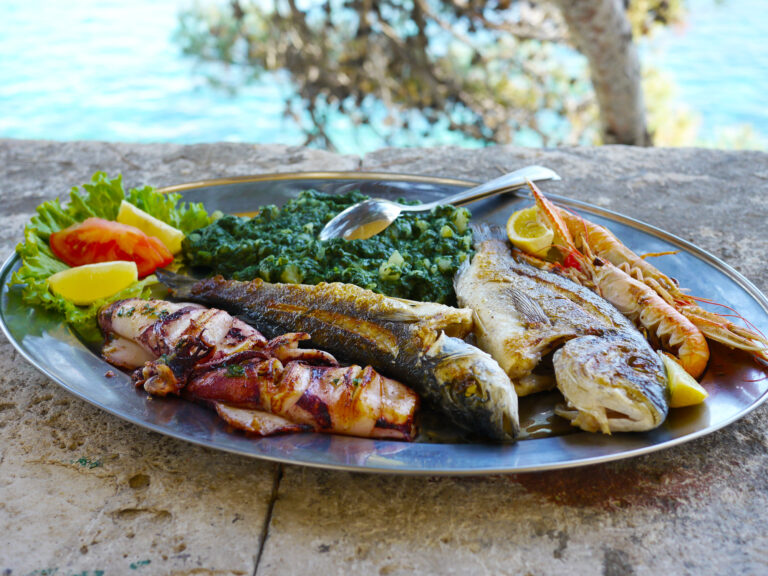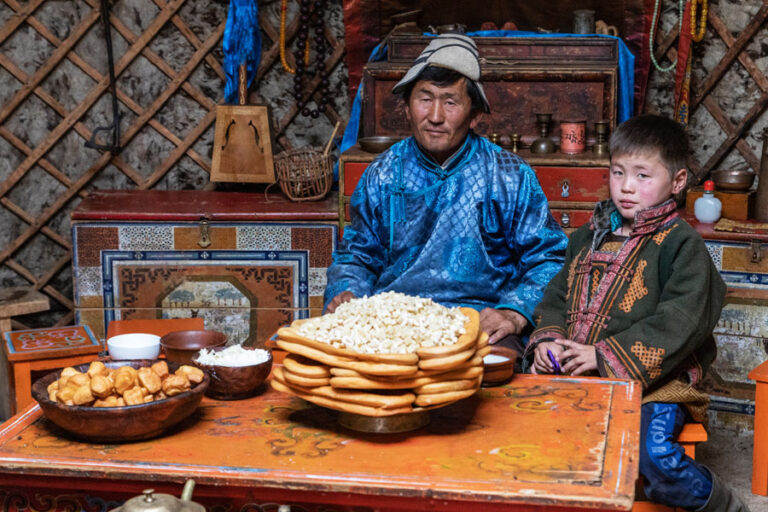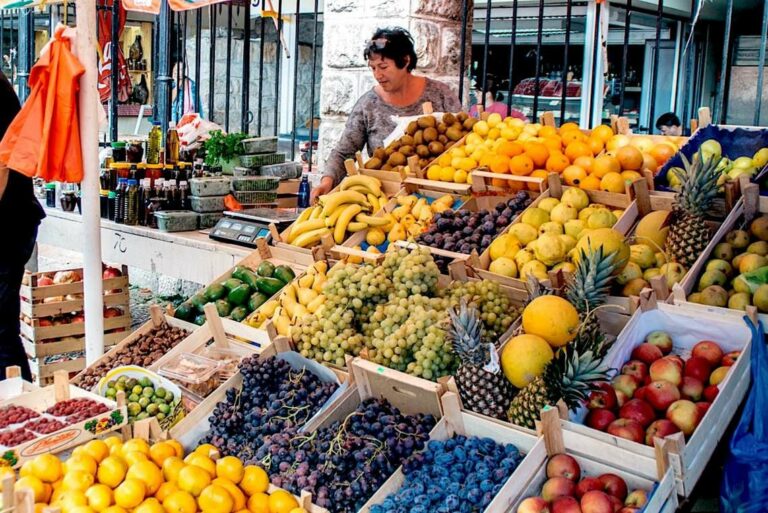Introduction: Mongolian Cuisine
Mongolian cuisine is a reflection of the country’s nomadic lifestyle and harsh climate. It mainly consists of meat and dairy products, and the cooking methods involve grilling, boiling, and stewing. The Mongolian diet is high in protein and fat, which provides energy for the long and cold winters.
Mongolian cuisine has gained worldwide recognition, and its unique flavors and cooking techniques have fascinated food lovers. However, when it comes to Mongolian desserts, many people are unaware of the country’s sweet delicacies. In this article, we will explore the must-try Mongolian desserts that will satisfy your sweet tooth.
Mongolian Desserts: An Overview
Mongolian desserts are not as popular as their savory counterparts. However, they are an essential part of Mongolian cuisine and culture. Most Mongolian desserts are made with dairy products such as milk, cream, and curd. They also use grains such as wheat, barley, and rice. Mongolian desserts are not overly sweet but have a subtle taste that complements the savory dishes.
There are two types of Mongolian desserts: traditional and modern. The traditional desserts have been around for centuries and are still popular today. The modern desserts, on the other hand, are influenced by other cuisines and use ingredients that were not available in Mongolia before.
Traditional Mongolian Desserts
The traditional Mongolian desserts are simple yet delicious. One of the most popular traditional desserts is Buuz, which is a steamed dumpling filled with meat and onions. Another famous dessert is Tsagaan Idee, which is a sweet curd made from boiled milk and served with sugar or honey.
Airag, which is fermented mare’s milk, is not a dessert but is often served as a drink after a meal. It has a sour taste and is slightly alcoholic. Mongolians believe that airag has many health benefits and is essential for maintaining good health.
Modern Mongolian Desserts
Modern Mongolian desserts are a fusion of traditional Mongolian ingredients and other cuisines. One popular modern dessert is Ankle Bread, which is a sweet pastry filled with nuts, raisins, and butter. Another modern dessert is Ice Cream made from yak milk, which has a creamy texture and a unique flavor.
Mongolian coffee is also a modern dessert that has gained popularity in recent years. It is made with coffee beans roasted with butter and milk and has a rich and smooth taste. Mongolian coffee is a must-try for coffee lovers.
Popular Mongolian Desserts
One of the most popular Mongolian desserts is Boortsog, which is a deep-fried pastry made with flour, sugar, and milk. It has a crunchy texture and a sweet taste, and it is often served with tea or milk.
Another popular dessert is Khorkhog, which is a meat dish cooked with hot stones. It is not a dessert but is often served at celebrations and festivals. Khorkhog has a unique flavor and is a must-try for anyone visiting Mongolia.
Conclusion: Must-Try Mongolian Desserts
Mongolian cuisine is not complete without trying its desserts. The traditional desserts have been around for centuries, and the modern desserts are a fusion of traditional Mongolian ingredients and other cuisines. The must-try Mongolian desserts are Buuz, Tsagaan Idee, Ankle Bread, Ice Cream, Mongolian Coffee, Boortsog, and Khorkhog.
These desserts have a unique taste and reflect the country’s nomadic lifestyle and harsh climate. They are often served during celebrations and festivals and are an essential part of Mongolian culture. If you have a sweet tooth, don’t miss out on these must-try Mongolian desserts.


